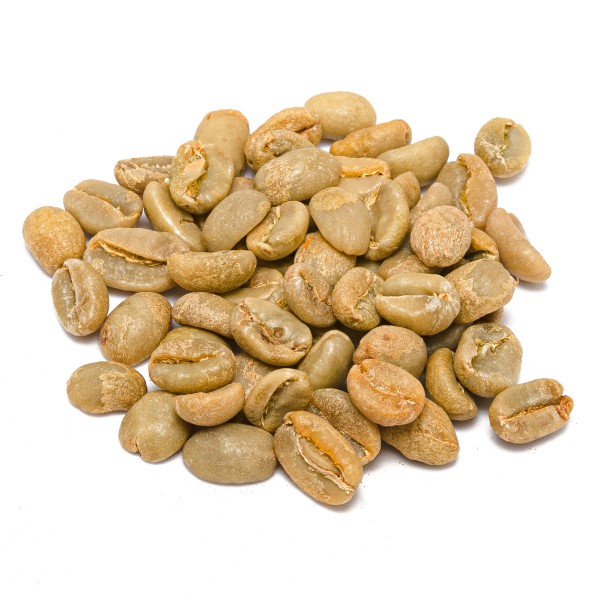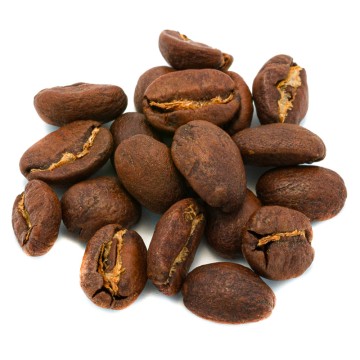Ethiopia is the place of origin of coffee and in fact here, unlike other African countries and other major producers, coffee was not introduced by Europeans but is part of tradition local.
History of coffee production in Ethiopia
Coffea arabica is native to Ethiopia, the name is due to the fact that we discovered it through the Arabs. If until a few years ago there was still some doubt as to whether the Arabian Peninsula could be the place of origin (some claimed Yemen) the most recent studies leave no doubt. The cultivation of Coffea arabica in Ethiopia began in the 9th century, the use of the wild plant is in all probability older. This does not mean that the coffee drink was born then, in fact initially the plant was used in other ways, for example to make decoctions and herbal teas and the seeds were not always used but also the dried leaves. According to a legend, the interest in the plant arose from the observation of some goats who, by feeding on it, showed that they were invigorated by it. Given the context, there are no written testimonies and therefore it must be taken with the benefit of inventory, plausible but not necessarily true. However, a few centuries later the drink obtained from the seeds became established and became an important part of Ethiopian culture, so much so that a real coffee ceremony was born. Today Ethiopia is the first African producer of coffee, the fifth in the world and from the cradle of coffee naturally, in addition to quantity, also comes a lot of quality, with very fine coffees.
The quality of Ethiopian coffee and green coffee
In compliance with tradition in Ethiopia, in many places coffee is still dried with the natural method even if, under the pressure of the international market, the washed method is spreading here too. With the washed method the seed is dried after having freed it from any residual pulp, with the natural method in Ethiopia the drupes are dried in the sun. Both methods have advantages from the point of view of the final taste, the washed one also has the economic advantage of speeding up the process which is obviously convenient for producers. Ethiopia, like all large producers, does not have just one type of coffee but several thanks to the presence of numerous different microclimates. Green coffee is not a different type of coffee, it is simply raw coffee, i.e. not roasted, green is the natural color of the beans before roasting, it is not even unripe beans. Green coffee has a much lighter taste, among other things Ethiopian coffees have a very strong body, but those who choose green coffee do not do so for the aroma (which tastes of grass or hay and is rather bitter ) but because it is suitable for those who are sensitive to caffeine because it has a much lower content. Furthermore, the content of chlorogenic acid (don't worry, it does not contain chlorine despite the name) according to some sources would confer various beneficial effects including those on blood sugar metabolism and cholesterol, therefore it would be an adjuvant for blood pressure, obesity and cholesterol problems.</p >



 No reward points for this product.
No reward points for this product.















